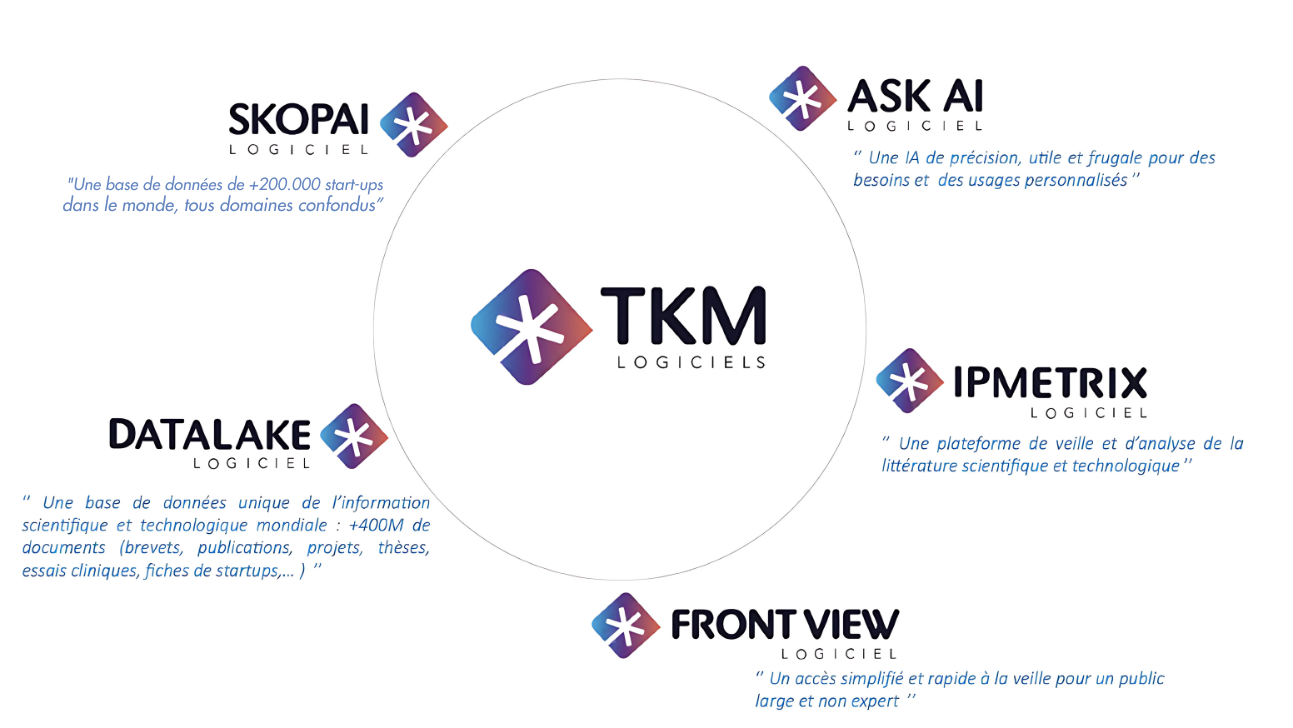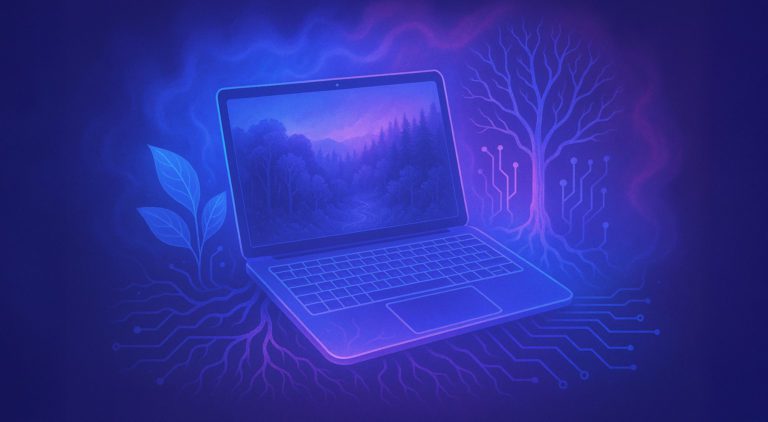 STATE OF THE ART: DEFINITION
STATE OF THE ART: DEFINITION
The state of the art aims to report the state of scientific and technical knowledge on a given subject, at a time T. This is essential work to be carried out before any R&D project. The objective of a state of the art is to provide an overview of current knowledge, in order to highlight the limits of this knowledge and to confirm, where applicable, the interest in further investigating the subject. In other words, the goal of a state of the art is to bring together and exploit all previous knowledge on a research topic, and avoid reinventing already proven processes.
 IN WHICH CASES IS IT APPROPRIATE TO CREATE A STATE OF THE ART?
IN WHICH CASES IS IT APPROPRIATE TO CREATE A STATE OF THE ART?
Apart from certain very specific cases and for which the exercise is obligatory (completion of a Research Tax Credit (CIR) file, start of doctoral thesis work or even a patent filing), know the state of the art can serve multiple objectives for an R&D director:
- Have a clear and synthetic vision of a technological environment to make the right strategic decisions.
- Obtain documentation in order to cross-reference technologies and identify possible new partners.
- Demonstrate the interest of a new R&D project , by highlighting the technical obstacles that previous work has not been able to resolve.
- Understand a field as part of a technological diversification project , and thus have an overview of the new sector, the players and its trends.
- Investigate a weak signal. For example, you have heard of a new technology and are seeking to understand the related issues, to refine your knowledge of this universe and decide, with perfect mastery of the subject, whether it is necessary to take up it or not.
- Promote and relaunch current research projects , through the identification of solutions or resources that can help circumvent a lock.
- Identify a new technology to develop outside of its core business. The latter can be developed internally, or in partnership with other actors. The qualification of a candidate technology can also make it possible to detect innovative start-ups or SMEs.
Analysis of the best start-ups, examples of innovative products... It is also not uncommon for an R&D director to have to produce a rapid overview in a few days (and sometimes less...) , in order to present the state of affairs to his management. innovation in a very specific area.
 HOW TO MAKE A STATE OF THE ART?
HOW TO MAKE A STATE OF THE ART?
Step 1: to create a reference bibliography and collect data, you must first define a good “research strategy”.
First, you must identify all available work relating to your research topic. Very concretely, a state of the art therefore starts with multiple queries on the search engines of the databases (increasingly numerous free or paid) . This involves collecting the various scientific publications, but also patents, or even web articles dealing with the subject. If you have clearly defined the scope of your theme, the main keywords are easy to determine. And as you carry out your first searches, you will refine them to complete them or, on the contrary, exclude the keywords which would bring you too much “noise”, that is to say irrelevant documents. You may be required at this stage to use Boolean operators (And, Or), exclusion operators (Not) or even proximity operators (X words difference for example between “Word A” and “Word B ").
Good to know : for your state of the art to be relevant, the time spent refining the search strategy (not to be confused with the analysis phase) can be relatively long . And you will always prefer to keep a little "noise", that is to say documents that are irrelevant but difficult to exclude without losing useful information. It will then be easy during the analysis phase to exclude them. Conversely, silence (which could be interesting but which you have not collected) will go completely unnoticed and without you being able to measure it.
It would therefore be better search scope a little
Step 2: Analyze, structure the information
It is very common for the documentary collection created for a state of the art to bring together several hundred or even several thousand documents. The state of the art report cannot simply be limited to a listing of interesting documents or a “best-of” of the best passages. You must organize your thoughts, bringing the different articles into dialogue to build your own analysis . And obviously, the sources used and the list of keywords (together constitutes your search strategy) must be cited, as well as the temporal and, where applicable, geographical period covered.
Step 3: synthesize the knowledge identified and draw the necessary conclusions
From the overview provided, it is now necessary to demonstrate how current knowledge allows or does not allow us to respond to your problem . A state of the art can also aim to highlight possible technological obstacles or scientific uncertainties. This will be particularly the case in a technical file linked to the Research Tax Credit.
 STATE OF THE ART: WORK WHICH CAN BE TIRING BUT CRUCIAL FOR R&D TEAMS
STATE OF THE ART: WORK WHICH CAN BE TIRING BUT CRUCIAL FOR R&D TEAMS
You know: achieving a state of the art requires time and specific expertise .
The mistake not to make would be to devote 75% of your time to collecting and only 25% to analysis. By structuring your project well, and working on your research strategy upstream, you will be able to reverse this proportion. Not only will this work of creating a state of the art seem less tedious to you but above all it will have infinitely more strategic value!
Every doctoral student has (normally) learned to produce state-of-the-art studies, but once on the job, it is not uncommon for them to delegate this task, due to lack of time and… motivation.
However, if done well, this exercise can prove extremely useful and conducive to a real perspective on the strategic questions that the company is asking itself . A state of the art not only allows us to see emerging trends, to identify interesting partners (academic or industrial) and most often to reposition the strategic question in a better informed manner. In innovation, it is often this small step aside that we can take when posing the problem, when asking the question, which most often allows us to come out with a truly new, innovative and disruptive approach.
The state of the art is the first step in your journey towards a formulated question as it opens the field of possibilities.
 WHAT SOLUTIONS CAN YOU CREATE USEFUL STATES OF THE ART WITHOUT SPENDING TOO MUCH TIME?
WHAT SOLUTIONS CAN YOU CREATE USEFUL STATES OF THE ART WITHOUT SPENDING TOO MUCH TIME?
To make the work of your R&D teams easier, TKM innovation has developed a software suite.
Our IPMetrix software is one of them: an artificial intelligence-based software that gathers and analyzes all data from scientific literature*, regardless of its form and volume . IPMetrix offers clear visualizations and summaries based on semantic analysis tools that allow teams to collaborate via a secure platform to share comments, ratings, and selections of documents identified by them as relevant.
Thanks to our software, you will be able to spend less time on data collection, and much more time on the truly useful phase: analysis and sharing with colleagues and teams;
The diverse documentary collection offered by IPMetrix, for example, allows you to benefit from a 360° approach to your subject, without limiting yourself to your field of application. Through its dataviz and mapping that provide a synthetic view of research fronts, IPMetrix also allows you to capitalize on these analyses and keep them at the heart of the company as a true intangible asset: knowledge accumulated year after year, project after project.
You can also use our other software solutions to support you with your state of the art:

You don't have the time to carry out your state of the art yourself, even with a powerful tool? No problem. You can also entrust the realization of your entire state of the art to TKM innovation experts. Whatever your needs, the expertise of our consulting engineers, the numerous data sources we have available, combined with the power of our tool will allow you to exploit weak signals, identify interesting partners and detect emerging technologies in time. .
*: every year several million scientific articles, theses, patents, online conferences, etc., are published worldwide. The risk of missing important information or a weak signal becomes too great.
 STATE OF THE ART: DEFINITION
STATE OF THE ART: DEFINITION
 IN WHICH CASES IS IT APPROPRIATE TO CREATE A STATE OF THE ART?
IN WHICH CASES IS IT APPROPRIATE TO CREATE A STATE OF THE ART?
 HOW TO MAKE A STATE OF THE ART?
HOW TO MAKE A STATE OF THE ART? STATE OF THE ART: WORK WHICH CAN BE TIRING BUT CRUCIAL FOR R&D TEAMS
STATE OF THE ART: WORK WHICH CAN BE TIRING BUT CRUCIAL FOR R&D TEAMS WHAT SOLUTIONS CAN YOU CREATE USEFUL STATES OF THE ART WITHOUT SPENDING TOO MUCH TIME?
WHAT SOLUTIONS CAN YOU CREATE USEFUL STATES OF THE ART WITHOUT SPENDING TOO MUCH TIME?
